what ice melt is safe for composite decking
Discover the best ice melt options that won’t damage your composite decking while ensuring safety during winter months.
What Ice Melt is Safe for Composite Decking
Introduction
Composite decking has become a popular choice for many homeowners due to its durability, low maintenance, and aesthetic appeal. However, during the winter months, dealing with snow and ice can be challenging. Using the wrong type of ice melt product can damage your composite deck or even pose safety risks. This article explores various ice melt products suitable for composite decks, discussing their ingredients, effectiveness, and potential risks. We will also provide tips on how to apply them properly and safely.
Understanding Ice Melt Products
Ice melts are typically made from a combination of chemicals designed to lower the freezing point of water, thereby melting ice and snow. Common ingredients include sodium chloride (rock salt), calcium chloride, magnesium chloride, potassium chloride, and blends of these chemicals. It’s important to choose an ice melt that is specifically formulated for use on composite materials to avoid damaging the surface.
Suitable Ice Melt Options
Sodium Chloride (Rock Salt)
Sodium chloride is one of the most common types of ice melt, but it can be harsh on composite materials. It may cause discoloration or degradation over time. If you choose to use rock salt, ensure it’s applied sparingly and thoroughly cleaned off after use.
Magnesium Chloride
Magnesium chloride is generally considered safer for composite decks compared to rock salt. It works effectively at temperatures as low as -13°F (-25°C) and leaves behind less residue. However, it should still be used with caution to avoid excessive exposure.
Potassium Chloride
Potassium chloride is another option that is less corrosive than rock salt. It works well in moderate conditions but may not be as effective in extreme cold. Potassium chloride is often blended with other chemicals to enhance its performance.
Calcium Magnesium Acetate (CMA)
CMA is a more expensive but environmentally friendly option. It is less harmful to plants and soil, making it a good choice if environmental impact is a concern. CMA is also less likely to damage composite surfaces, but it may require reapplication more frequently.
Tips for Proper Application
To ensure the longevity of your composite deck, follow these application tips:
- Apply ice melt products sparingly and evenly across the deck.
- Use a broom or brush to sweep away any excess after the ice has melted.
- Consider using a protective sealant to further protect your deck from chemical damage.
- Read and follow the manufacturer’s instructions carefully for best results.
Potential Risks and Safety Measures
While some ice melts are safer than others, they can still pose risks if not used correctly. For example, overuse can lead to discoloration or warping of composite materials. Additionally, pets and children should be kept away from treated areas until the ice melt has fully dissolved and been swept away.
Conclusion
Choosing the right ice melt product is crucial for maintaining the integrity and appearance of your composite deck. By understanding the different options available and following proper application techniques, you can keep your deck safe and functional throughout the winter season. Always prioritize safety and consider the environmental impact when selecting an ice melt product.
Reference
How to Remove Ice and Snow from Decks
Baoding Plastroy WPC Products
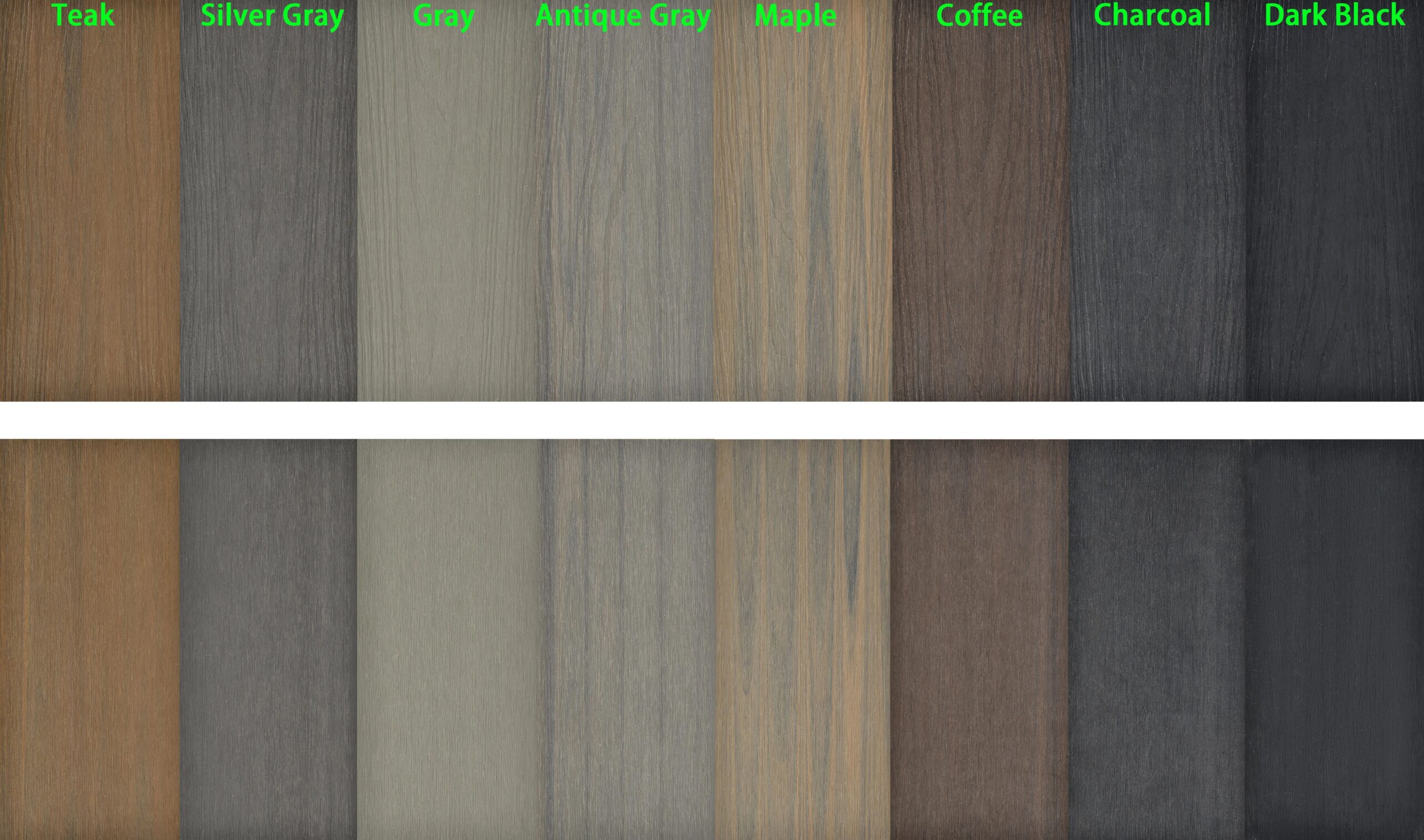

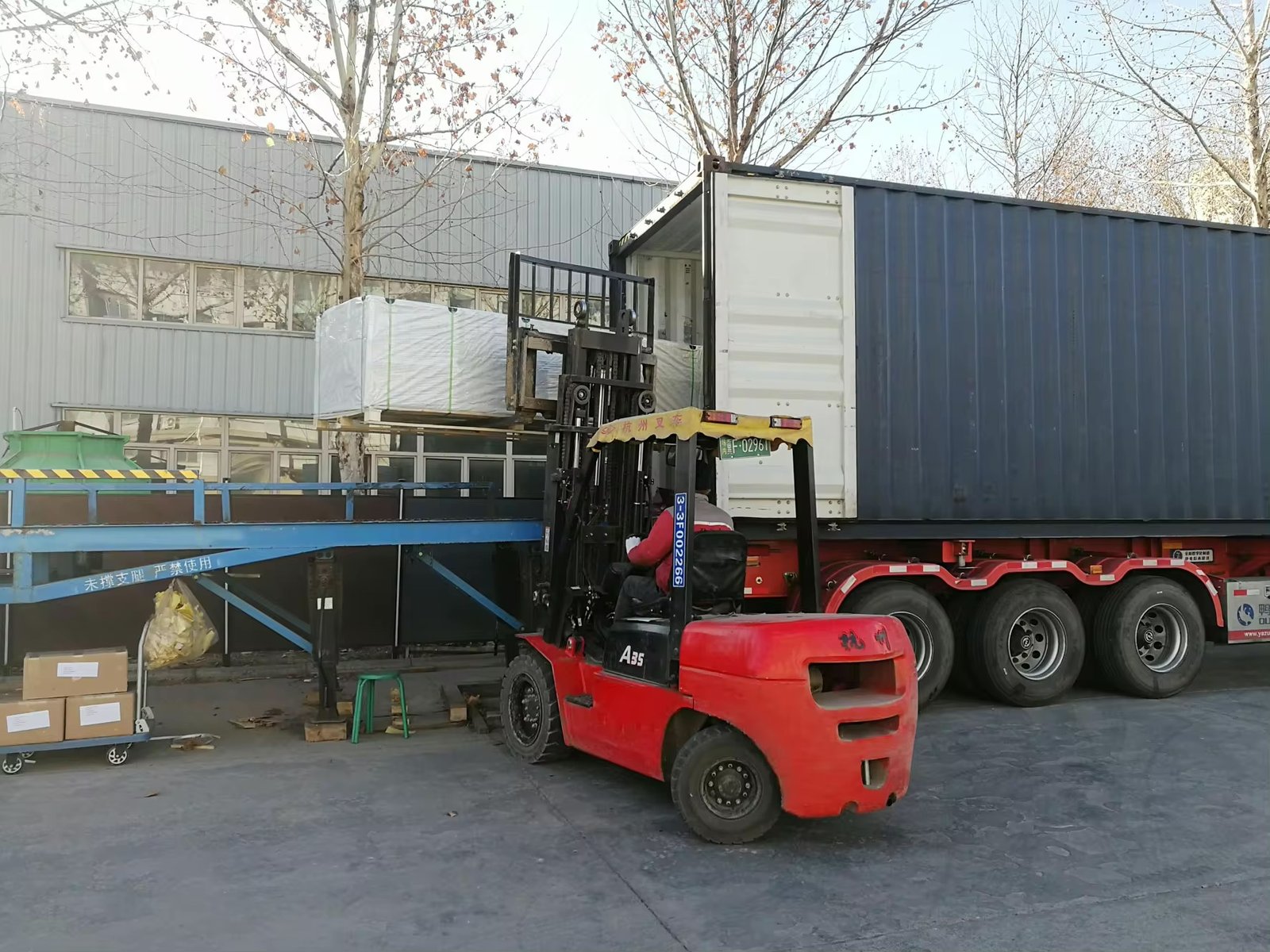
Why Choose Plastory?
Baoding Plastory New Materials Co., Ltd. is a manufacturer of decorative materials with over 9 years of experience and 56 separate production lines.
Currently, our annual production exceeds 30,000 tons, with products exported to more than 50 countries worldwide.
Plastory is the drafting unit of the WPC National Standards and has obtained certifications such as REACH, ASTM, CE, and FSC. Plastory is dedicated to maintaining consistent quality, focusing on details, and prioritizing customer satisfaction.
Our factory is located in Baoding, Hebei Province, China, with a prime location and convenient transportation access. Baoding is approximately a 1.5-hour drive from Beijing Capital International Airport and just 2 hours away from Tianjin Port, making it easy for global clients to visit and facilitating efficient shipping of goods. Our facility spans a large area, equipped with advanced production equipment and modern testing facilities to ensure that every batch of products meets the highest quality standards.
We warmly welcome clients from around the world to visit our factory, where you can see our production processes firsthand and experience our product quality. Please feel free to reach out to us—we are committed to providing you with the best products and services.
Kindly get in touch with us to request a product catalogue.

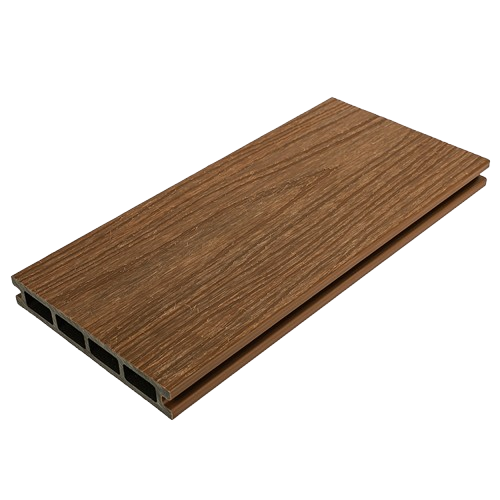

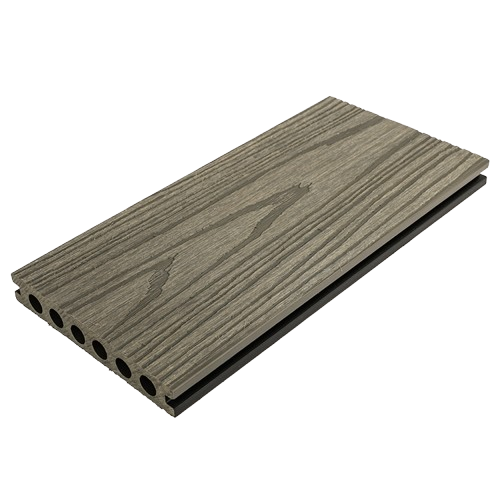
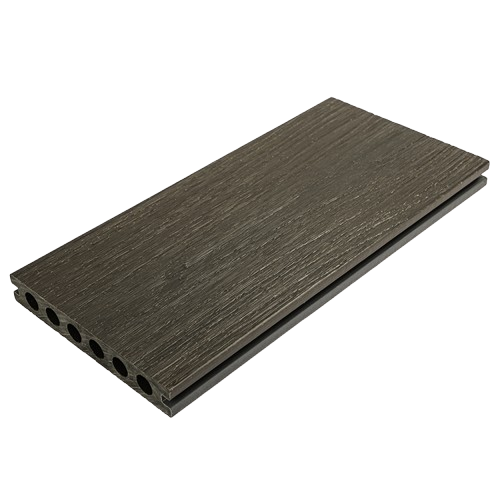
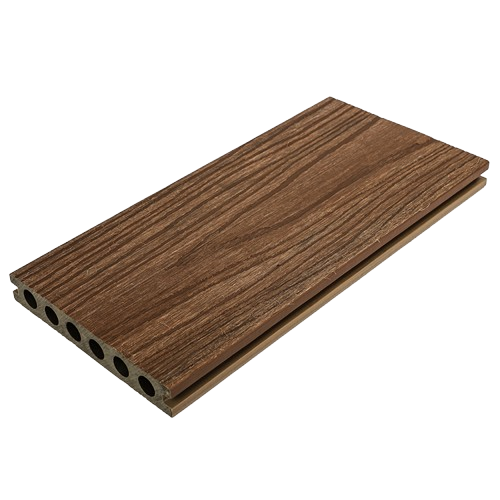
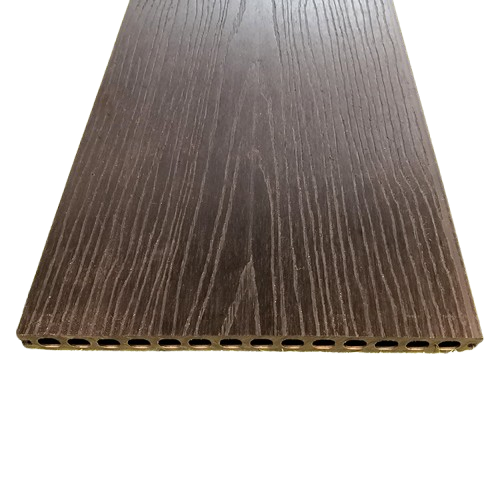
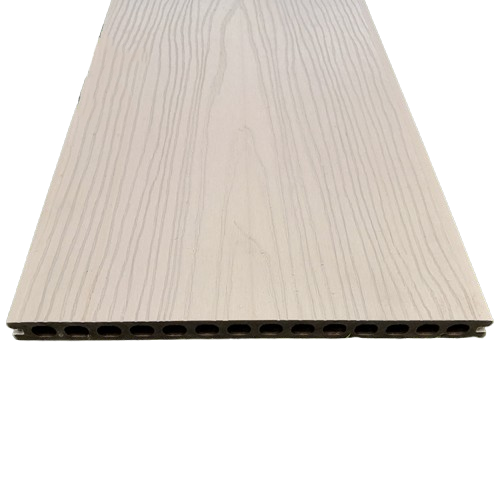

Reviews
There are no reviews yet.